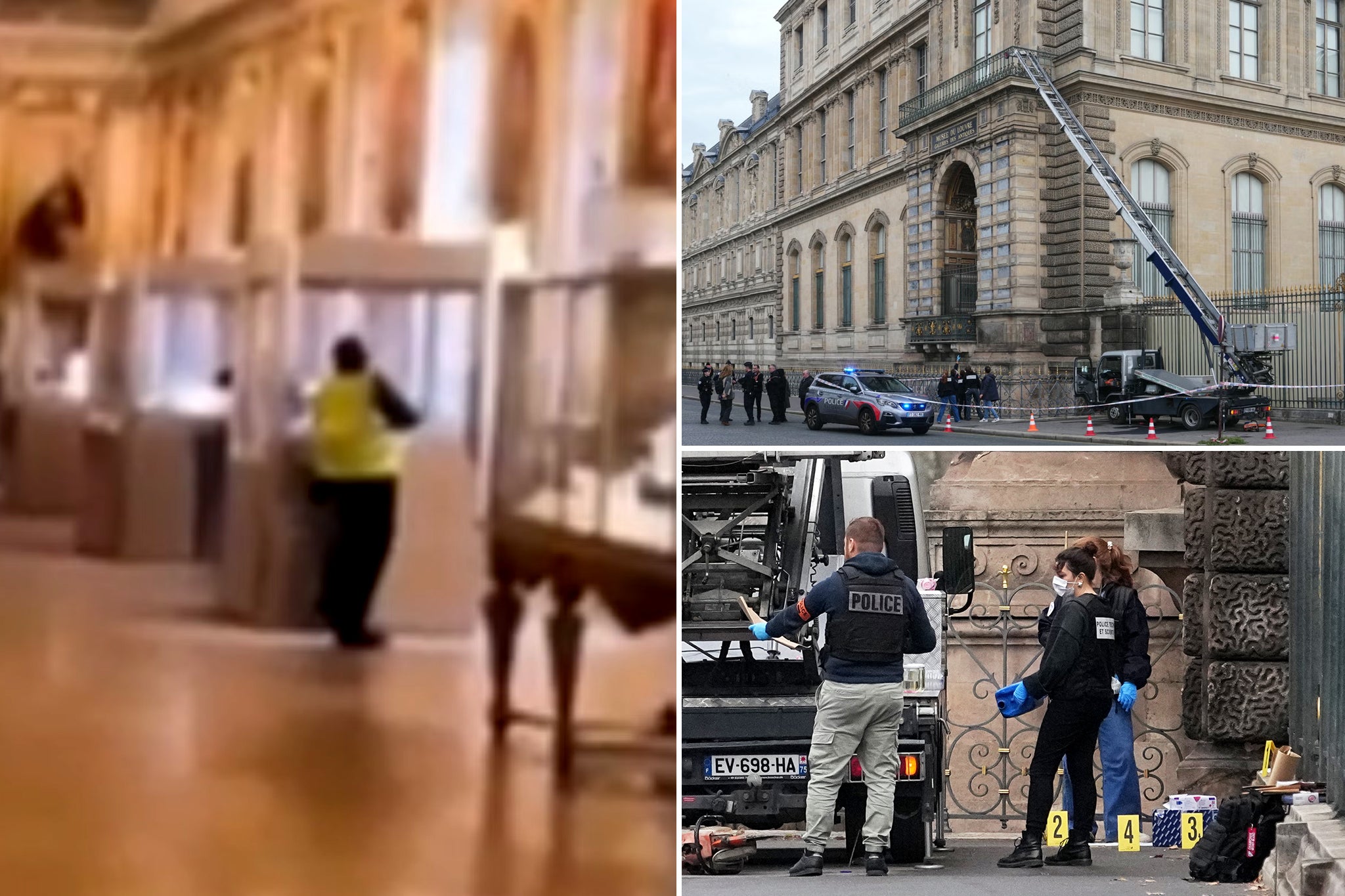A woman suspected of being involved with the daytime robbery at France’s Louvre Museum has been released under judicial supervision, the Paris prosecutor’s office said on Thursday.
The woman was among four people put under formal investigation in connection with the brazen heist.
She will not be allowed to contact other suspects or to leave France, according to officials.
The daytime theft of centuries-old jewels from the world’s most-visited museum, thought to be of significant cultural and monetary value has captured the world’s attention for its audacity and movie plot-like details.
Two men parked a movers’ lift outside the Louvre one Sunday morning last month. They rode up to the second storey, smashed a window, cracked open display cases with angle grinders, and then fled on the back of scooters driven by two accomplices in a heist lasting less than seven minutes.

Paris prosecutor Laure Beccuau said earlier this month that investigators had so far arrested three men and a woman, the girlfriend of one of the suspected robbers.
So far, no trace has been found of the stolen jewels.
In the days after the heist, experts warned that the jewels – which are valued at more than €88 million (£77.5 million) – could be melted down or broken into parts. If that is done successfully, the smaller pieces could go up for sale as part of a new necklace or earrings without turning too many heads, some say.
Weeks before a daring jewels heist, France’s court of auditors had already issued a stark warning, urging the world’s most-visited museum to urgently accelerate its long-delayed security modernisation plans.
The audit, which focused on the period between 2018 and 2024, found that the museum’s investments had prioritised “visible and attractive operations” such as acquiring new art pieces and enhancing visitor experience.
Only 39 per cent of the museum’s rooms had cameras as of 2024, the report found. The audit found the museum was not sufficiently monitored or prepared for a crisis, but this only led to a tender for security works at the end of last year.
